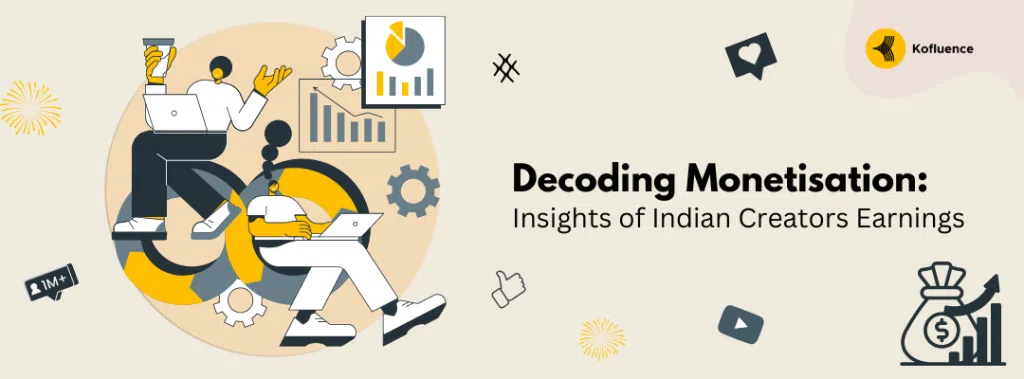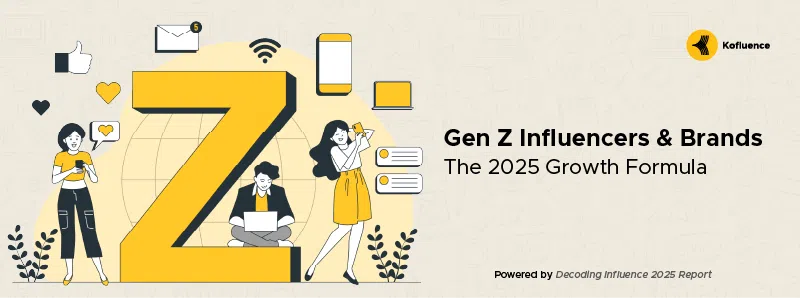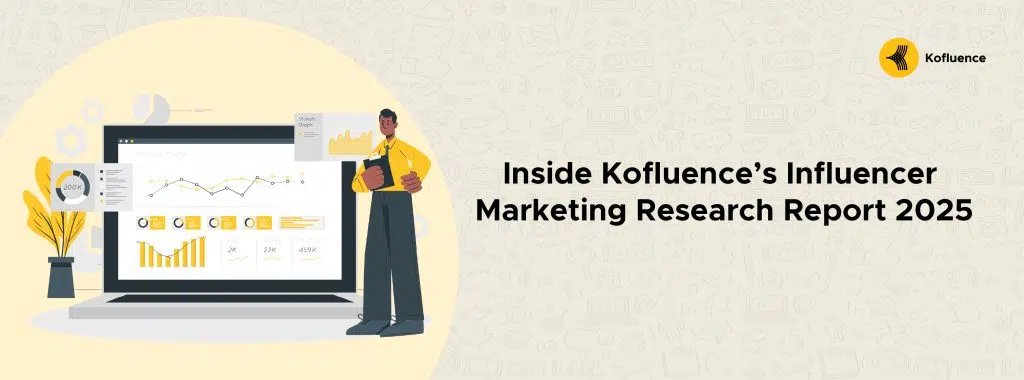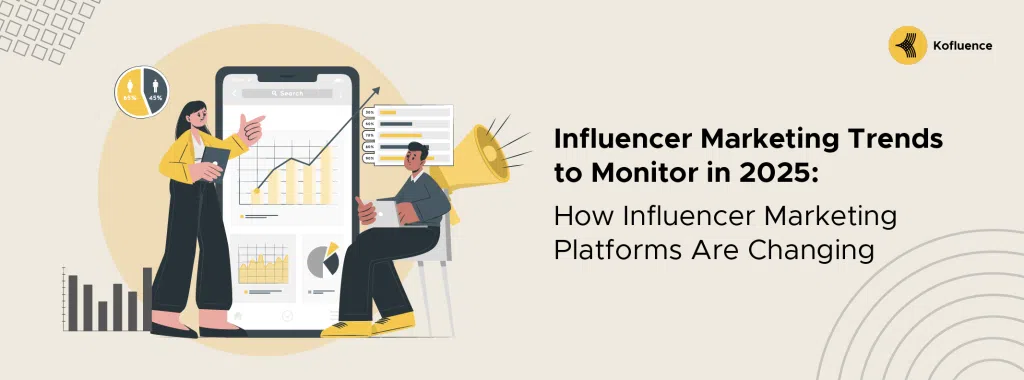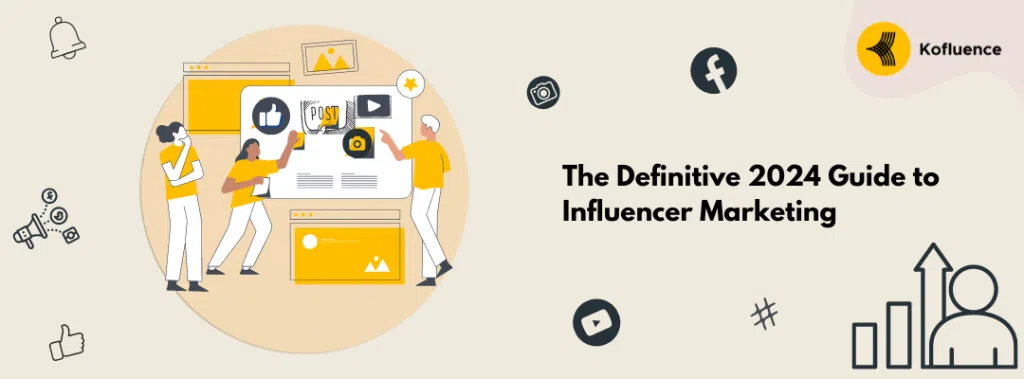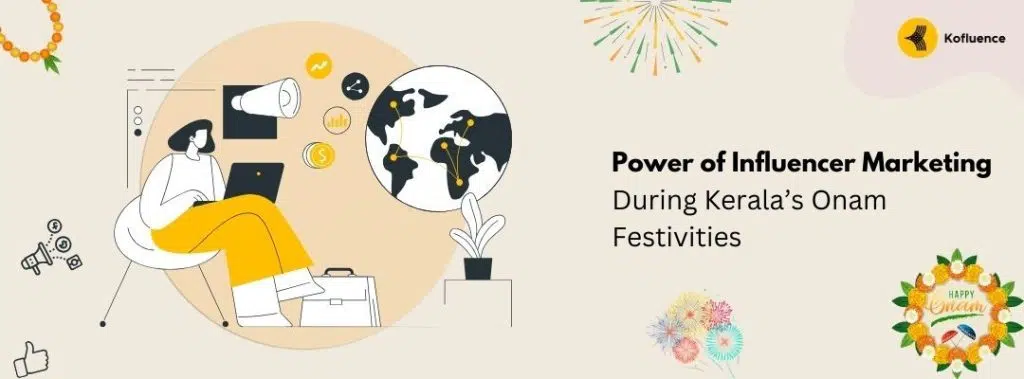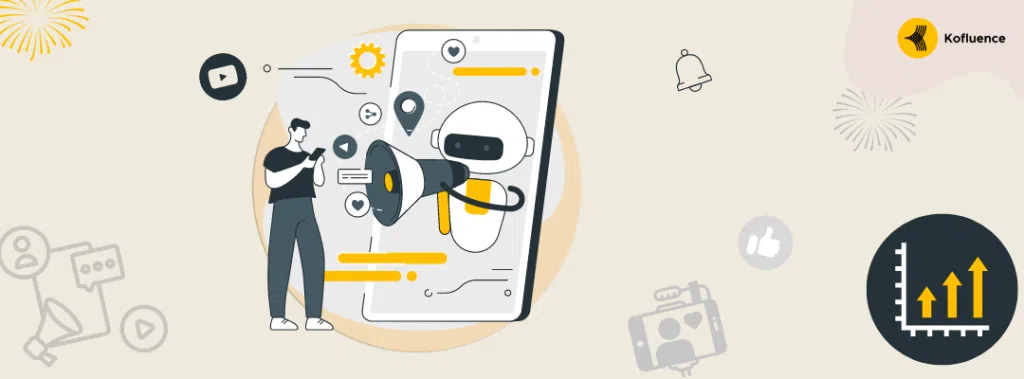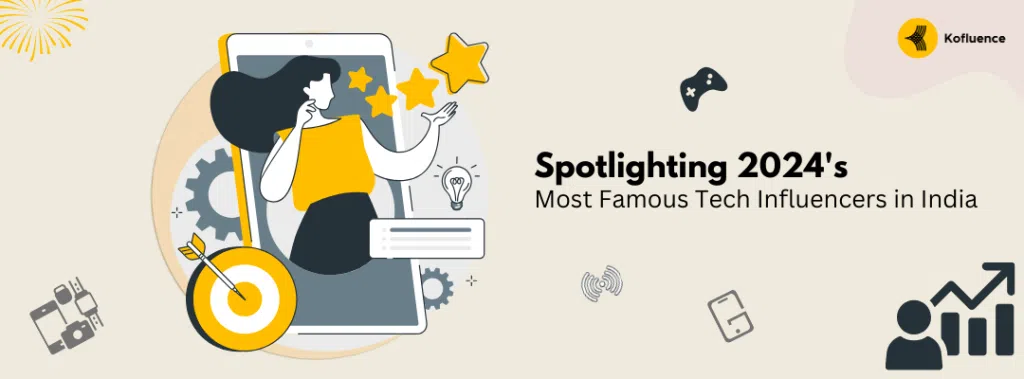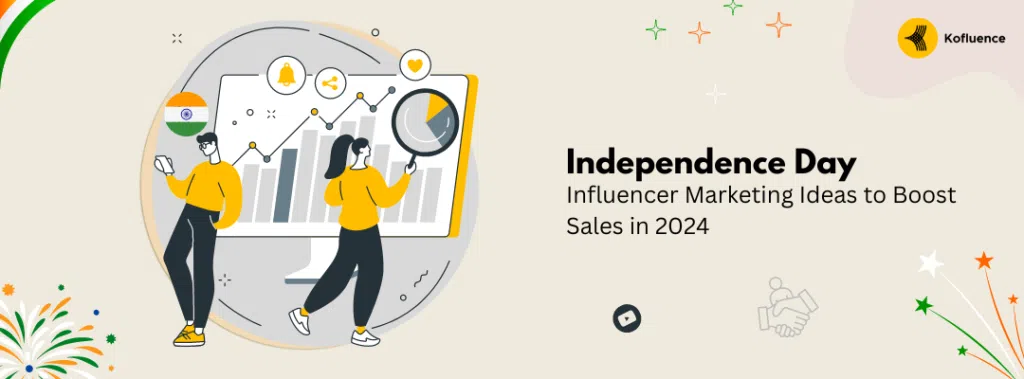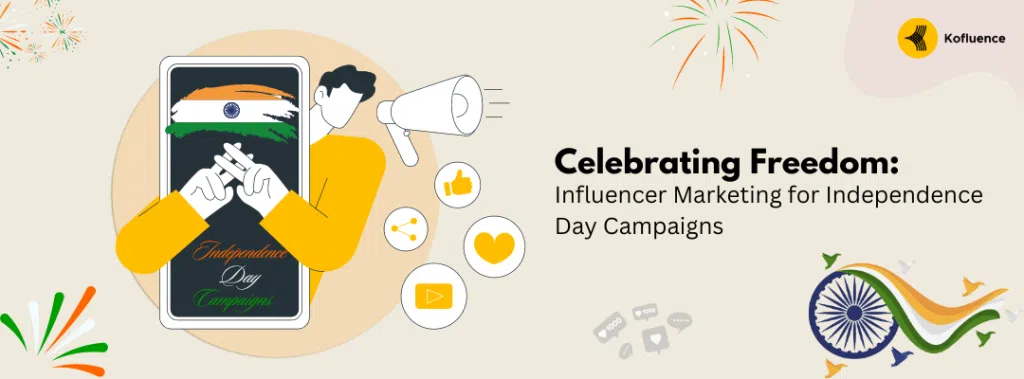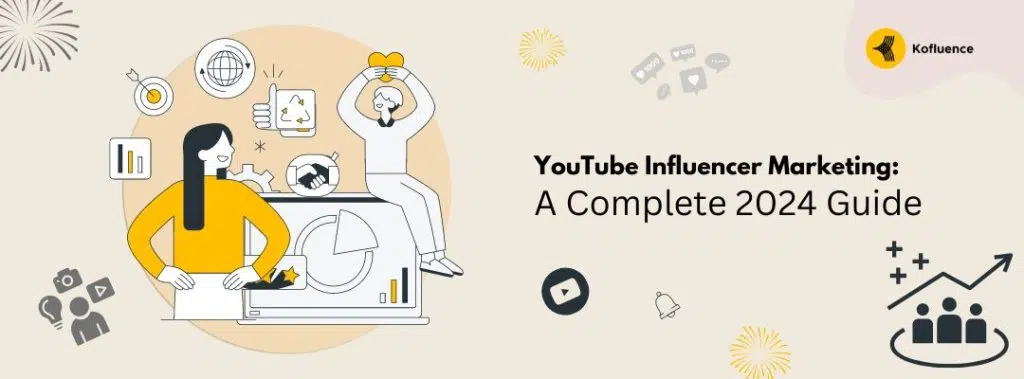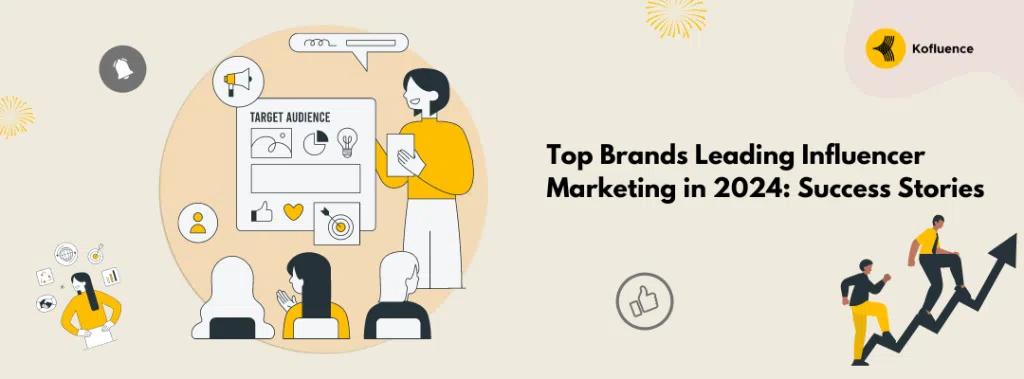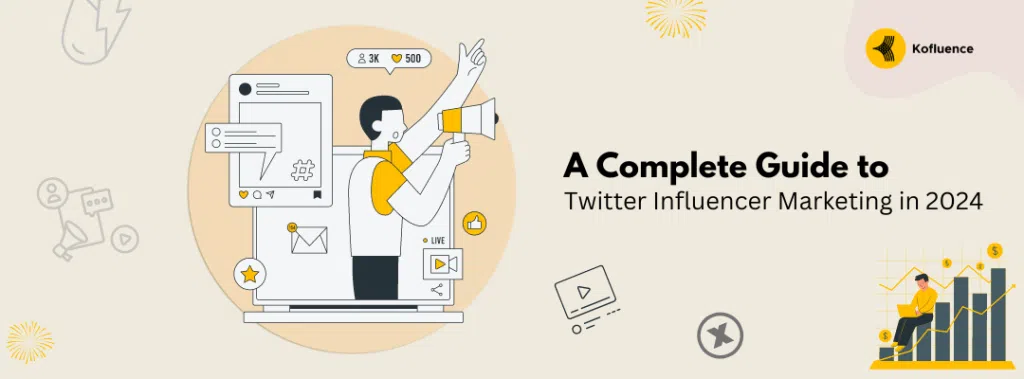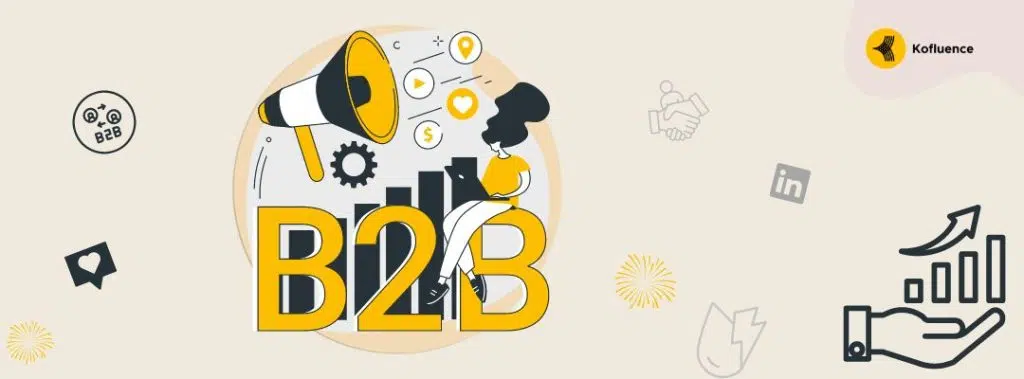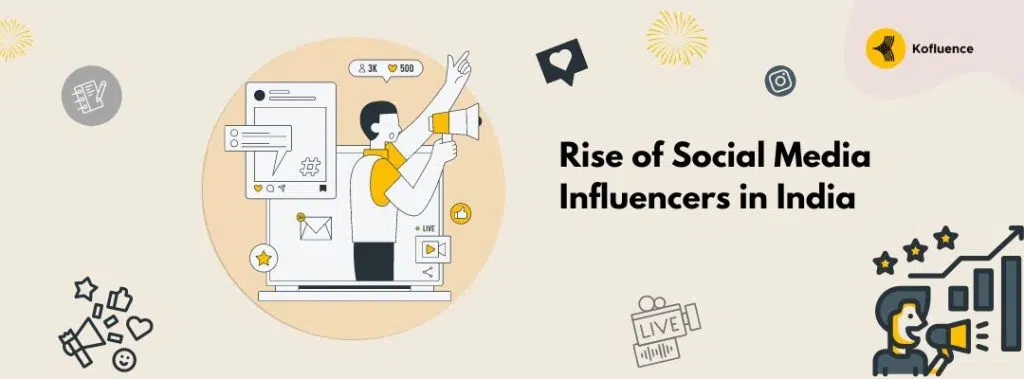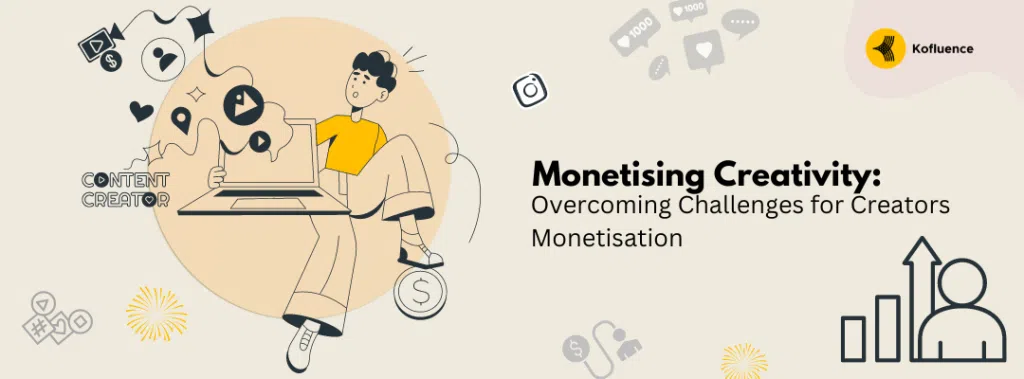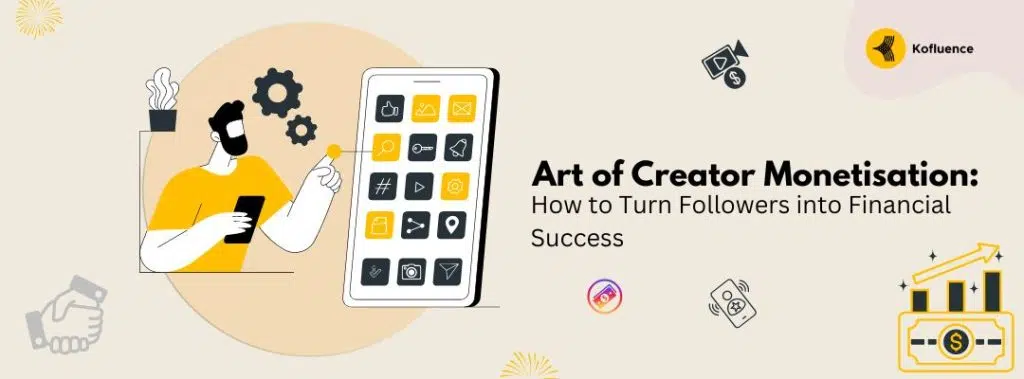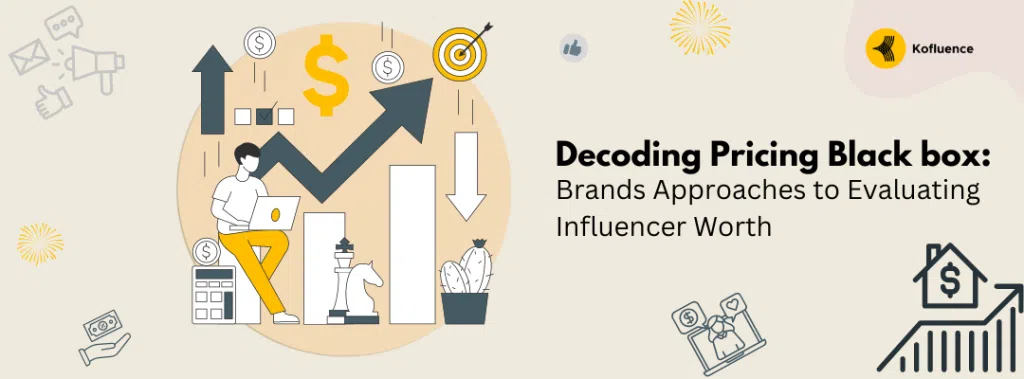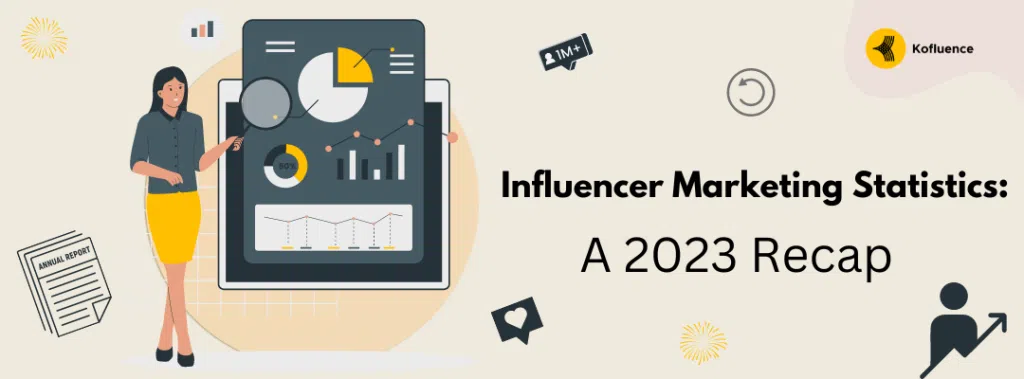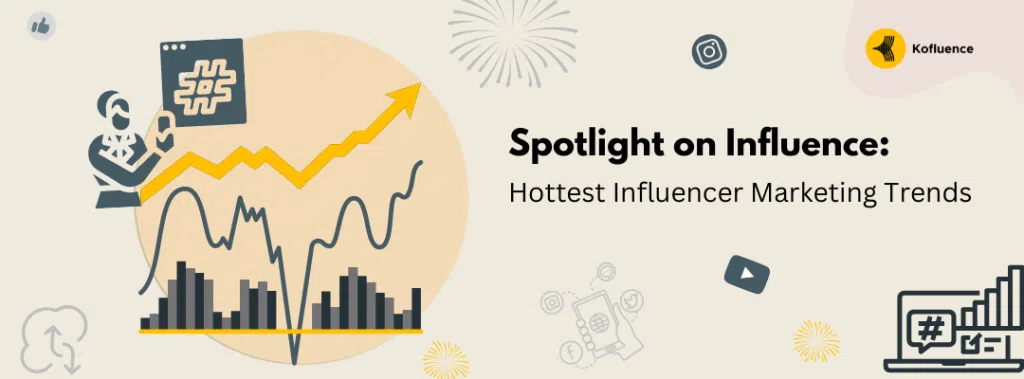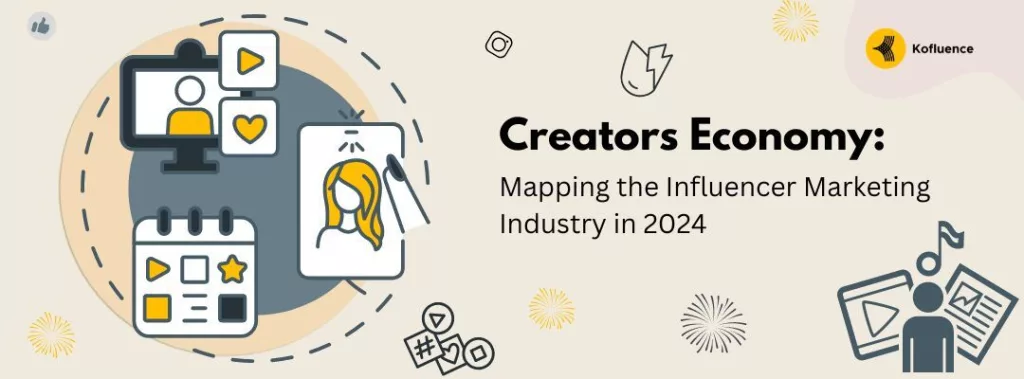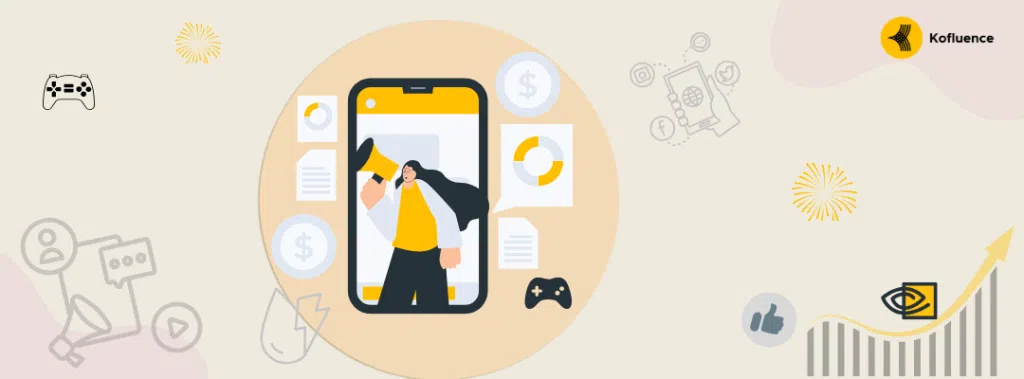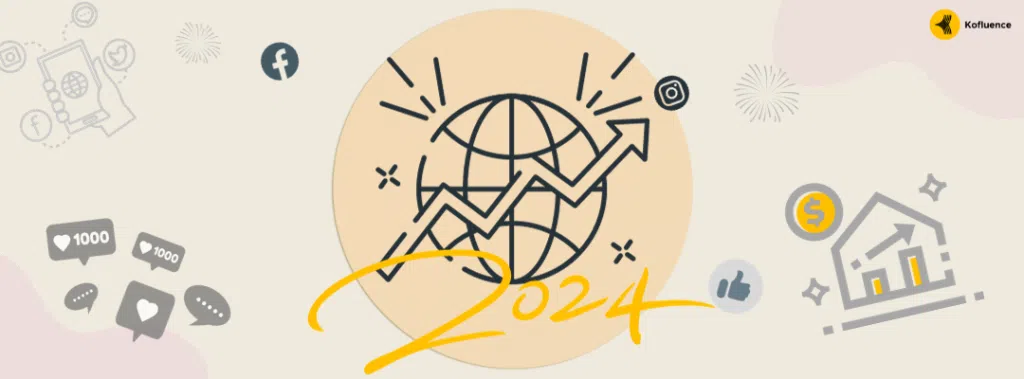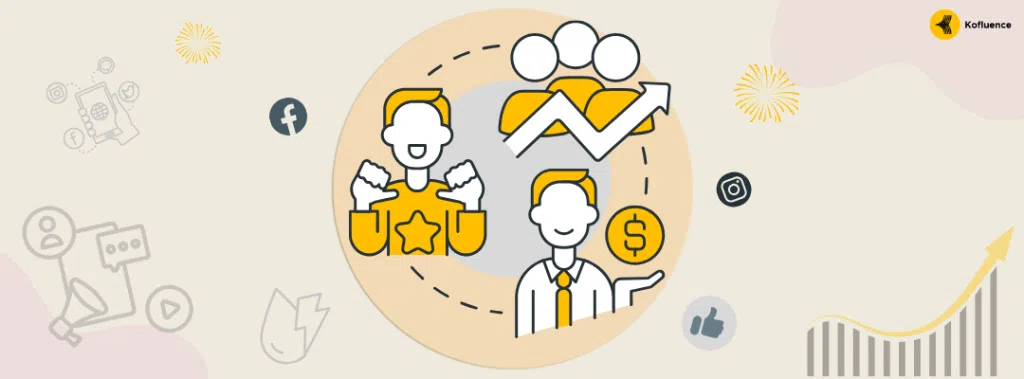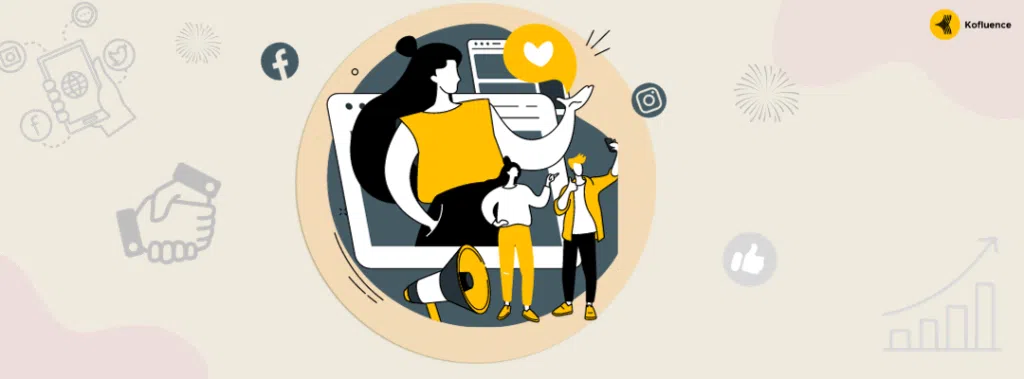Introduction
YouTube: The Powerhouse of Monetisation
Creator Types and Monetisation Potential
Monetisation Avenues on YouTube
New Monetisation Criteria
Unveiling the Pricing Blackbox in Influencer Marketing
Factors Influencing Pricing
Cost Per Model (CPM, CPC, CPA)
The Economy of Influence: Indian Influencer Earnings
Conclusion
FAQ’s
Introduction
Indian creators are redefining the traditional notions of work and creativity. Through platforms like YouTube, Instagram, and Facebook, they share their passions and turn their hobbies into lucrative careers. As the digital ecosystem continues to evolve, monetisation opportunities have grown exponentially, presenting a fascinating world for creators to explore. In this blog post, we embark on a journey to decode monetisation for Indian creators, shedding light on the diverse avenues available and the financial prowess that many influencers have achieved. Drawing insights from our recently launched research report, ‘Decoding Influence: 2024 Influencer Marketing Report‘ we aim to provide industry leadership by unravelling the mysteries of monetisation and creator earning in India.
YouTube: The Powerhouse of Monetisation
YouTube stands at the forefront of content monetisation, offering a plethora of avenues for creators to generate income. With an average of 110k to 170k Indian creators actively monetising their content on the platform, YouTube’s reach and accessibility have transformed digital entrepreneurship in India. Let’s delve deeper into the various monetisation opportunities available on YouTube, empowering creators of all sizes to turn their channels into thriving businesses.
Creator Types and Monetisation Potential
Understanding the diverse spectrum of creators economy on YouTube is essential to grasp the nuances of creator monetisation. From Nano to Mega/Celeb creators, each category represents a unique segment of the creator community, with varying subscriber counts and monetisation potential.
- Nano creators (1K-10K subscribers) comprise 10% of monetising creators, with approximately 20-30 thousand individuals earning through their channels.
- Micro creators (10K-100K subscribers) account for 30% of monetising creators, with an estimated 30-60 thousand creators generating income.
- Macro creators (100K-500K subscribers) dominate the monetisation landscape, with 85% of monetising creators falling into this category, representing 60-68 thousand individuals.
- Mega/Celeb creators (>500K subscribers) demonstrate significant earning potential, with 95% of monetising creators in this segment. Approximately 6-10 thousand creators in this category command substantial earnings from their channels.
These statistics underscore the democratisation of earning opportunities on YouTube, where creators of all sizes can carve out a niche and monetise their content effectively.
Monetisation Avenues on YouTube
The YouTube Partner Program (YPP) serves as the cornerstone of monetisation on the platform, enabling creators to earn revenue through advertisements displayed on their videos. To qualify for YPP, channels must meet specific eligibility criteria, including 10,000 subscribers and 4,000 watch hours in the last year. Upon acceptance into YPP, creators gain access to additional features like memberships and Super Chat, enhancing their monetisation potential.
In addition to advertising revenue, creators can explore myriad monetisation avenues, including sponsorships, affiliate marketing, merchandise sales, and participation in the YouTube Shorts Fund. Sponsorships and brand deals allow creators to collaborate with brands, diversifying their income streams and forging mutually beneficial partnerships. Affiliate marketing empowers digital content creators to earn commissions by promoting products or services through embedded links in their video descriptions, providing value to creators and their audience.
Moreover, YouTube’s Merch Shelf feature enables creators to sell branded merchandise directly to their audience, fostering a deeper connection and driving additional revenue. The YouTube Shorts Fund, with its $100 million allocation, incentivises creators to produce engaging short-form content, further expanding the monetisation potential on the platform.
New Monetisation Criteria
In a move aimed at lowering the entry barrier for creators, YouTube recently updated its monetisation criteria, requiring creators to have at least 500 subscribers and 3,000 watch hours in the past year or 3 million views on Shorts in the last 90 days. This change reflects YouTube’s commitment to democratising opportunities for digital content creator earning and fostering a vibrant creator ecosystem.
While YouTube dominates monetisation, platforms like Facebook, X (formerly Twitter), Instagram, and LinkedIn offer lucrative opportunities for Indian creators. Facebook’s Ad Breaks and Stars feature enables creators to earn a share of advertising revenue and receive virtual gifts from fans during live streams, respectively. X’s Ads Revenue Sharing program and Tip Jar feature provide additional avenues for creators to monetize their content. Instagram’s diverse monetisation options, including affiliate marketing, Badges, and ads on Instagram Reels, cater to the evolving needs of creators. LinkedIn’s Creator Mode and Creator Accelerator Program pave the way for creators to monetize their expertise through targeted promotion and brand partnerships.
Unveiling the Pricing Blackbox in Influencer Marketing
As the influencer marketing industry burgeons into a multibillion-dollar entity, one of its most enigmatic aspects remains the pricing structure. Unlike traditional advertising mediums, which often adhere to standardised pricing models, influencer marketing operates within a nebulous space, devoid of universal marketplace or standardised pricing frameworks. This lack of transparency stems from several factors, including the bespoke nature of campaigns, the diversity of influencer niches, and the personalised approach to content creation.
Factors Influencing Pricing
Supply or Demand:
At the heart of influencer pricing lies the fundamental economic principle of supply and demand. Influencers boasting a large, engaged following typically command higher fees due to the heightened demand for their endorsements. Conversely, an oversupply of digital influencers within a specific niche may drive prices down unless an influencer can distinguish themselves through superior engagement rates or content quality.
Genre or Niche:
The niche in which an influencer operates significantly impacts pricing. High-demand sectors such as beauty, fitness, and gaming often witness higher rates due to their ability to sway consumer behaviour effectively. Niche markets, though potentially less expensive, offer brands a highly targeted audience, promising a better return on investment (ROI) for certain products or services.
Content Quality and Production Costs:
The effort and resources invested in content production play a crucial role in determining pricing. High-quality, professionally produced content that resonates with an audience can justify higher fees. Influencers who invest in their content creation capabilities, such as professional photography or video production, often command higher rates.
Engagement Rates:
Engagement rates, measuring the level of activity an influencer’s audience exhibits (likes, comments, shares), are pivotal metrics for pricing. An influencer with a highly engaged audience holds greater value for brands, as engagement serves as a robust indicator of audience trust and interest in the influencer’s recommendations.
Exclusivity and Duration:
The exclusivity of the partnership and the campaign duration exert significant influence on pricing. Longer-term collaborations or exclusivity agreements, wherein an influencer refrains from promoting competing brands, typically warrant higher fees due to the sustained commitment and potential lost opportunities for the influencer.
Cost Per Model (CPM, CPC, CPA):
Influencer marketing campaigns often leverage Cost Per Models (CPM, CPC, CPA) to evaluate their effectiveness and cost efficiency. These models offer distinct approaches to measure the direct impact of influencer collaborations on various brand objectives, from raising awareness to driving traffic and generating sales.
- CPM (Cost Per Thousand Impressions): Measures the cost incurred for every thousand views or impressions of the influencer’s content. Ideal for brand awareness campaigns seeking to reach a broad audience.
- CPC (Cost Per Click): Focuses on the cost associated with each click generated from the influencer’s content leading to the brand’s website or landing page. Beneficial for campaigns aimed at driving traffic.
- CPA (Cost Per Acquisition): Represents the cost incurred for each desired action taken by the audience, such as making a purchase or signing up for a service, directly attributed to the influencer’s content. Critical for conversion-focused campaigns.
Additionally, CPX (Cost Per X) emerges as a flexible metric allowing advertisers to define their desired action or outcome, catering to diverse campaign objectives.
The Economy of Influence: Indian Influencer Earnings
Influencer marketing in India is witnessing exponential growth, with influencers earning an average monthly income ranging from ₹20,000 to ₹200,000. Mega influencers on Instagram emerge as financial powerhouses, commanding earnings ranging from 3 to 5 lakhs, surpassing their YouTube counterparts. The maturation of influencer marketing underscores the strategic significance of platforms in shaping earning potential and brand collaborations.
However, individual incomes fluctuate based on factors such as follower count, niche, and engagement levels. Micro influencers maintain consistent earning ranges, while macro influencers demonstrate a higher earning potential. Negotiating fair compensation and maintaining authenticity in sponsored content are critical aspects that influencers must navigate to establish sustainable monetisation strategies.
Conclusion
In summary, the monetisation journey for Indian creators reveals a landscape teeming with opportunities and intricacies. From the dominance of YouTube to the diverse avenues on platforms like Instagram, Facebook, X, and LinkedIn, creators navigate a dynamic ecosystem where innovation and authenticity are paramount. As influencer marketing experiences exponential growth, understanding the nuances of pricing structures and earning potential becomes crucial. By unraveling the complexities of monetisation and creator earnings, we empower digital content creators to carve out sustainable paths to success, contributing to a vibrant and flourishing creator community in India. For a deeper dive into the intricacies of influencer marketing and monetisation, we invite you to explore the comprehensive insights provided in the 2024 Influencer Marketing Report by Kofluence.
If you found this blog to be helpful browse through our website for other blogs on similar topics or get in touch with us for your next influencer marketing campaign! Download the Kofluence app and find relevant campaigns catering to your target audience! To opt-in, download the Kofluence app here: iOS users, and Android users.
FAQ’s
. How much do Indian creators really earn?
In India, the most popular platforms for content creators are YouTube, Instagram, and other platforms. The majority of digital creators earn much lower amounts effectively. However, as per the Kofluence research, the earnings of an Indian creator can range from ₹20,000 to ₹200,000.
. How can content creators monetize their work effectively?
Content creators can monetise their work effectively by employing a combination of strategies like advertising with brands or using platforms that offer ad revenue sharing. They can engage in crowdfunding, sponsored content collaborations, and can also create and sell merchandise related to their content. By implementing these approaches, digital creators can maximise their monetisation potential.
. What challenges do Indian content creators face the most?
Content creators in India may face several challenges in their journey like intense competition with a large population and increasing internet penetration, the number of content creators has skyrocketed, making it difficult to stand out and gain a loyal audience. Some of the other challenges faced by digital creators are monetisation hurdles, language diversity, and content moderation in their journey.

